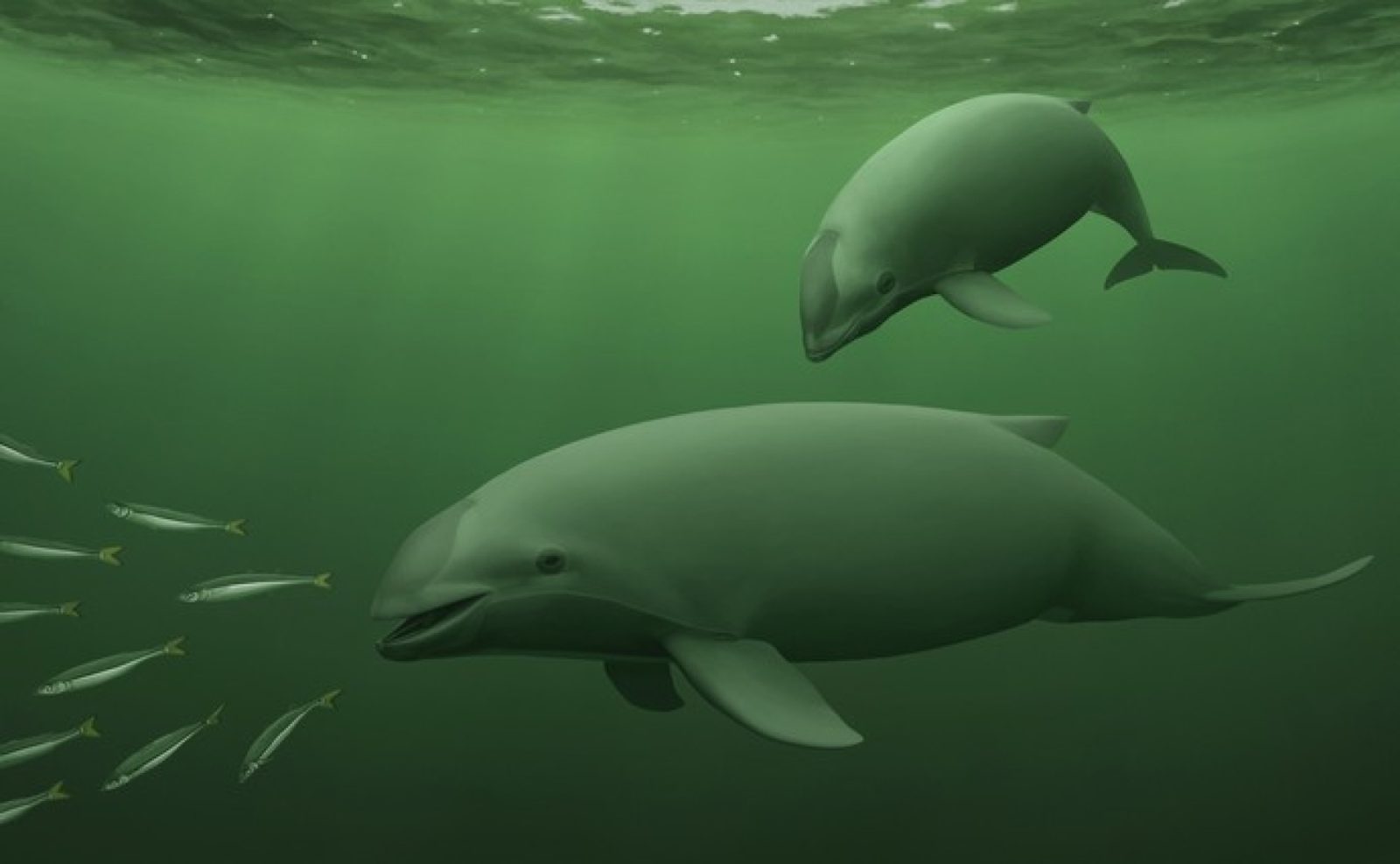
Bermeister Porpoise
First described by Hermann Burmister in 1865, they are thought to have a population that numbers at least in the 10,000s. Found from Peru in the Pacific to Brazil in the Atlantic, while usually found in shallow coastal waters, they have been located 1000m down.
Most photos of this species are of a dead individual. It is black which explains its other name – the black porpoise, though it is thought that they turn black after death and are dark grey beforehand. The underside is lighter, though this is common as it helps with camouflage against the light surface of the water. Usually 1.5m in length and with a weight of 50-75kg, they can be mistaken for the Chilean dolphin, which is a similar size. Their dorsal fin is more triangular and points back rather than up so should not be confused.
They are shy, usually moving away from boats at a high speed. Usually seen in pairs or alone. However, they have been seen in larger groups, with a group spotted off the coast of Chile numbering 50.
Eating Hake, Maceral and Anchovies, which are all species impacted greatly by el nino. Many of the marine mammals in the area starved or struggled until the fish returned.











